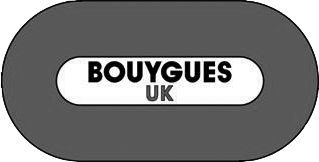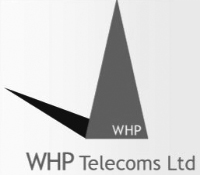Helical Pile Construction vs. Traditional Foundations
May 25, 2016 10:32 amHelical Piles were first used almost 200 years ago and are generally credited to an Irish engineer Alexander Mitchell who discovered how effective they were in securing lighthouses and other structures around harbours where the ground is not stable.
Since then, technological advances have meant that the use of Helical Piles in construction has gathered pace and they’re used today in both tension and compression load applications. They are a versatile product and the installation equipment needed is minimal when compared to that needed for traditional foundations, because of this it is a far simpler process to install them in access-limited areas.
Another advantage to Helical Piles of course is that their installation is not weather-dependent; with traditional poured foundations there’s the need for not only clement weather, but also heavy equipment with a big workforce to operate it.
Because Helical Piles do not require any excavations with the ground only being disturbed minimally during their installation, there are no spoils to dispose of once the work is complete, which of course means that there is no risk of exposing contaminated soil and less cost is incurred generally. Unlike traditional foundations, Helical Piles require no curing meaning much time is saved.
Advantages of Helical Foundation Systems
- All weather installation is possible
- Installation in areas of limited access is possible due to the fact that they may be installed with hand-held equipment
- No ground vibrations produced during installation
- No need to dispose of spoils following installation
- Simple to remove via reversal of installation process
- No curing period needed so load tests may be immediately undertaken following installation
- No concrete or grout needed minimising mess, waste and equipment on-site
- Environmentally friendly; steel can be recycled unlike concrete
With the immediate advantage of speedy installation using small and basic equipment another evident plus is that of cost. When compared with traditional foundation methods, Helical Piles can cut expenditure by around 50%.
Helical Piles are the best choice in flood-prone areas due to their ability to remain stable and a speedy, waste-free installation process makes them a sensible choice for those who wish to save both time and money on their projects.
Helical Piles are the future of building as a less-invasive, more environmentally friendly and cheaper alternative to traditional foundations.
Categorised in: helical piles




















